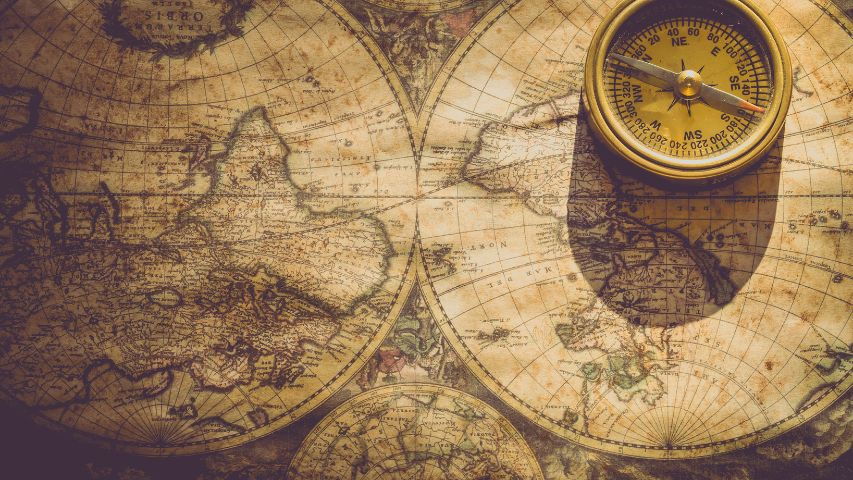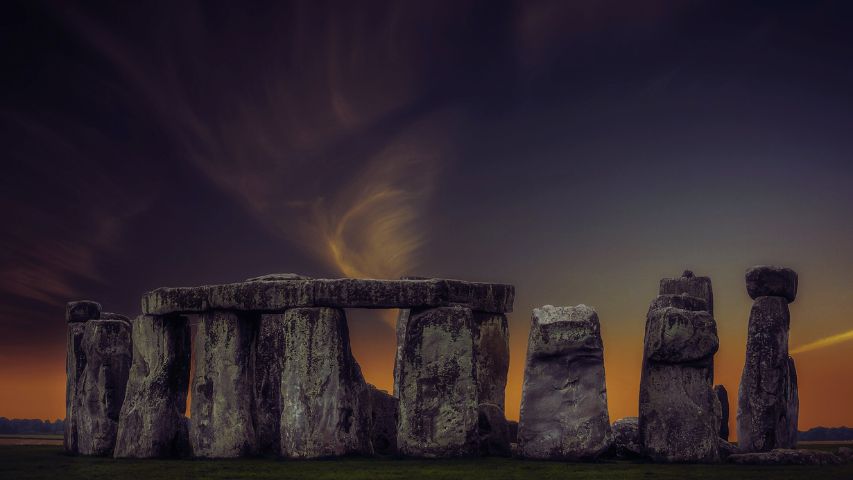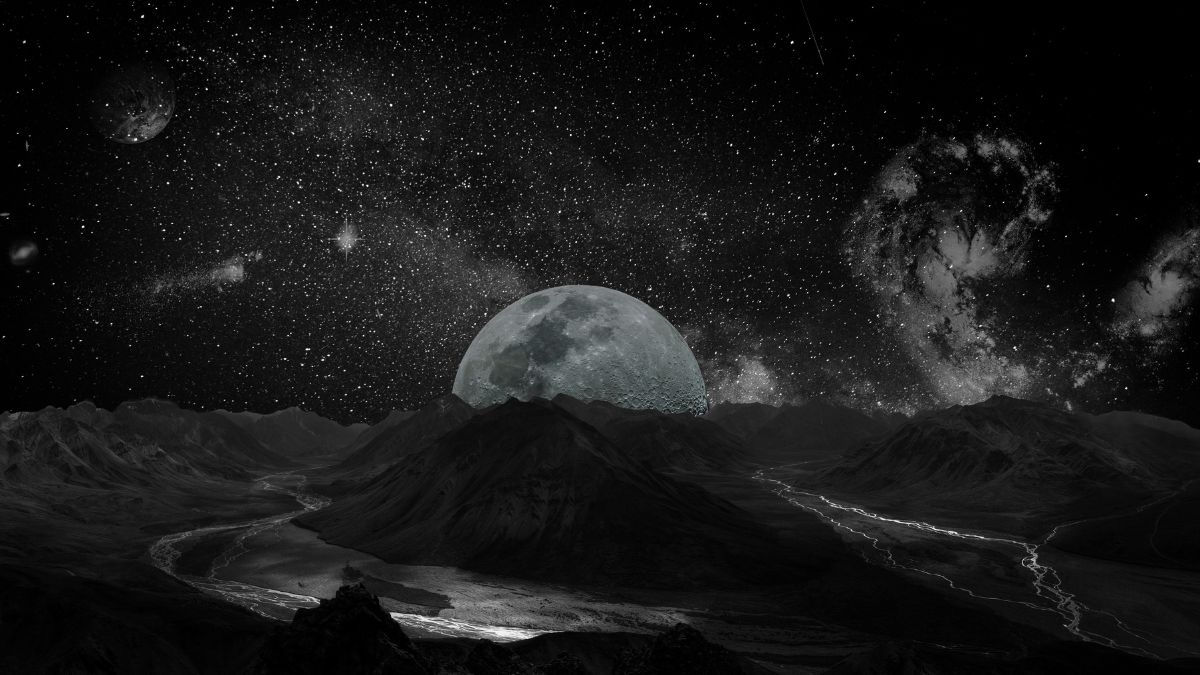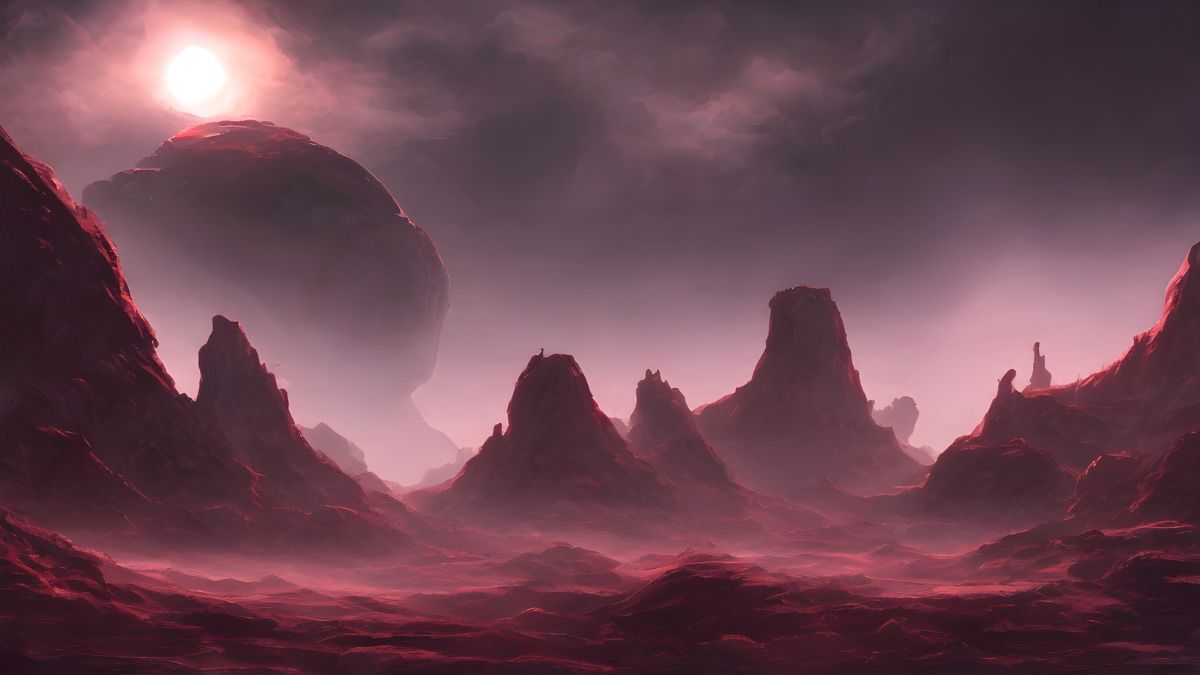If you’re planning a novel or designing a game story, one aspect you can’t neglect is your worldbuilding. The art of designing an authentic-feeling world takes time and practice. It’s something that you need to invest some effort into if you want your narrative to feel believable. In this post, I’ll explore worldbuilding for creative writing in a bit more detail.
Strong and thoughtful worldbuilding is key for creating an environment in which your characters can thrive. It’s their grounding in the story and the backdrop against which you can concoct events and personal pain points for those living there. Without taking the time to carefully enrich the world of your story, your narrative runs the risk of feeling flat and one-dimensional.
However, designing an entire world can seem like a daunting task. Especially if you haven’t done it before! However, with the right amount of planning, imagination and creative skill, it’s more than achievable. Once you get started, it’s actually a lot of fun.
How to start worldbuilding for creative writing
To get started on your worldbuilding project, you need to make a few key decisions. Your world should be as immersive and believable as possible. To do that, you should take some time to explore the overall mood and message of your story.
Developing a fantasy world with elves and fairies wouldn’t be a great fit with a story about modern-day military personnel, for example. That’s not to say you can’t mix things up a bit! You just need to take enough time to decide what kind of world your characters would live in most authentically.
Start your worldbuilding from a thematic basis, and take it from there. With that in mind, here are some key concepts to establish when worldbuilding for creative writing. You can approach these in any order, but I like to follow this pattern when creating new homes for my stories.
Decide on the type of world you’re building
The first thing you should do is decide on the kind of world you want to create. Consider the genre of your story alongside the scope of your project. From here, you can begin to define the kind of world you want to design and its overall size. It’s not a bad idea to start small and then expand as your ideas take shape.
For example, if your story is set in outer space, you might start out with an outpost on a single planet. From there, you could expand into the landmass the outpost occupies. Next, you could establish continents or regions.
From there, you could design the rest of the planet, potentially expanding into the surrounding solar system or galaxy. It’s really up to you, but start with a small idea and develop your world from there.
Design a map and consider the geography

Give your world a name once you know its setting and have an idea of its size and scope. Next, it helps to think about the geography of your world and begin to draw maps. Designing a map can give you a much stronger sense of your world’s layout, geographical features, climate and unique features. These details will enrich your story’s setting as you get further into the writing process.
The geography you choose to build into your world can have a real impact on the direction of the story. The lay of the land matters. Do you want everywhere to be accessible? Do you want there to be adequate resources for everyone? Is the landscape dry and hot, or frozen and inhospitable? Asking these questions can help design the tone of the story you want to tell.
When designing a map, you can use pen and paper or an online tool such as World Anvil or Inkarnate. These can be great if you’ve designed world settings before. However, they can be a bit overwhelming for beginners, so don’t feel like you have to use map builders. Drawing maps by hand is really fun too!
However you prefer to work, try to include certain things on your world map.
Points to consider
- Your map’s terrain – does it have deserts, mountains, rivers, wetlands, islands or forests?
- Structure and continents – does your map form part of a wider landmass?
- Climate and daylight hours – how do these things work in your world?
- Major locations – where are the towns and cities on your map? What about special landmarks, areas of interest or geographical features?
- Water and oxygen sources – how does your world gather and process water and oxygen, if applicable?
- Boundaries or danger zones – is there anything on your map that’s strictly off-limits?
Research real-world cultures and histories
You don’t have to start entirely from scratch when worldbuilding for your creative writing project. It’s a good idea to gather inspiration from real-world sources. Research the history and culture of different civilisations to give you some insight into how societies can operate.
Explore different kinds of political structures and the effect they’ve had on different cultures. Look to history to help you build an interesting premise for your world. Asking lots of ‘what if’ questions can be especially helpful during this process. Research different events in world history and consider how things could’ve been different in other circumstances.

Using real-world context as a point of reference for your worldbuilding project is very helpful. It also helps to ground your ideas in a setting that your audience can somewhat relate to.
Just remember to keep your work original and not lean too heavily into reality when designing your own story world. Mix and match different elements from historical periods and cultures to design a unique concept for your world’s premise.
Establish rules and conventions for your world
Every world needs an established set of social conventions and political rules. Explore the power structures in your world and consider their origins. Who has control in each region or area? Why is that? How is power distributed across your landscape and what kind of social and economic effects does that have on the population? Are any major limitations or restrictions set in place in your story’s world, and why?
Consider the effects of any prior conflicts that have shaped your world. What are the values held by those who live there now? Ask yourself what laws and legal systems are in place. When it comes to crime or violence, who or what governs how that’s dealt with?
Perhaps your world has highly advanced technology or intricate systems of magic. All of these creative and imaginative concepts will add flavour and detail to the world you’re designing. However, they too need their own set of rules for how they’re used by others. You can do this by writing grimoires, lore books, or other guidelines for each system that you want implemented into your setting. This process will help you understand your ideas and how they’ll impact your characters with greater depth.
The importance of worldbuilding for creative writing
These are only a few starter points to consider when worldbuilding for creative writing. Your story’s history, politics, social structures and population are also fundamental elements of the worldbuilding process. In the next post on worldbuilding, I’ll explore ways to design timelines, factions, inhabitants and political aspects of your story’s setting.
It’s easy to get bogged down with all of the details involved in worldbuilding. Still, with the right amount of planning and focus, you can craft a compelling and immersive world for your audience without getting overwhelmed.
If you’ve enjoyed this post or found it helpful, please give it a share or a pin on Pinterest. Make sure you also check out this quickstart checklist for worldbuilding, as well as this post and free template on effective character design.




